My first field ops
Reading time: 16 minutesThis turned out to be a fun field‑ops with plenty learnt. Here is the TL;DR:
- Burnt fingers and a quick EFHW purchase
- Field operations with an EFHW at MK75CQ
- First successful HF operation
- First successful field FT8 operation
- Broken mic, unable to log some great QSOs
- Inability to activate a park (POTA)
Preparation
There was about a month’s notice to plan the trip to MK75CQ, but due to mQTH commitments and a bunch of other events, I only had a couple of weekends to prepare. I had to put together an antenna and use a 5 V to 12 V boost converter, so that the QMX could be used with a power bank. I was fairly excited that I would be in a place that had very little QRM and that I could potentially get on HF for the first time.
Location

Figure 1: Location of the field site (Map courtesy: https://qsl.design)
I was travelling from Bangalore to the outskirts of Belgaum, which I already knew had little to no “network”. Hopefully, I would be camped for about 8 days at this location. The plan was to put together the equipment in a backpack that I can carry along with me. I would be within hiking distance of the origin or source of the River Malaprabha in North Karnataka. One leg of the journey was by train and the rest of the way was by a hired four wheeler. The area was forecast to receive some rain, given that it was in the Western Ghats and given the time of the year. I was unsure about the possibility of being in the field given the WX and the packed schedule I had. The schedule only allowed for operations after 7pm in the night, which meant two things, 1) I could possibly leave the antenna up in the field, but 2) I would have to setup a temporary station every time I wanted to operate (rain permitting, that is). This called for an “easy” unpack‑deploy‑operate‑teardown‑pack routine.
Testing my air core
I was fairly excited about the trip and decided to make some tweaks to the air core that I had written about in an earlier post. Unfortunately though, in my excitement to make changes to it, I ended up touching the soldering iron directly, instead of the handle! As a result, I had a burnt index and thumb finger on my right hand. This actually put the whole trip in jeopardy. It was touch and go for a while, but I did eventually make the trip. The sad part though, was that some of the things I had hoped to accomplish (like QMX usage, mic and WX‑proofing the setup) had to be put on hold for the next trip. This slight little hiccup also meant that the QRP EFHW I planned to make (with VU3JIM being an extremely patient Elmer) had to be put on hold as well. I had to quickly look at folks who would be able to ship a QRP EFHW that I can carry in the backback and I lucked out with the version by RadioHub and prompt response by Abhrajit (VU3YDA)1. Thanks to him, I did have an antenna that I could use in the field.
I had planned on testing a few Lightning‑to‑USB‑C adapters so that I could use the iFTx app on iOS with the QMX, but given this slight hiccup of only using one hand for about two weeks, and a cramped work week, I had to shelve all plans to use the QMX with a power bank. Now, my hope was that I would have a power source close to location where I could hoist the antenna and set up a temporary station.
Potential POTA
In between the burning my fingers and the day of departure, I realised that I would be fairly close to the Bhimgad Wildlife Sanctuary, and I checked out how POTA works. Unfortunately, it wasn’t listed as one of the possible parks on the POTA site. VU3YDa shared Arunava Dey’s (VU3XRY) contact details as he was one of the administrator’s for the parks in VU. A quick couple of messages exchanged with him, and he quickly added https://pota.app/#/park/IN-0179 to the list of parks that are available. As the crow flies, I would be spending a lot of time about 20 km away from the park (more on that later). This was a great time not just for my first field-ops, but also my first ever POTA! I found out that on the dates that I would potentially be free, there was accommodation available at the only possible location situated within the park (which is the criteria for POTA). I decided to check with the local folks once I reached Belgaum, and then make the necessary travel and stay plans. I held off on announcing the activation on the site until I confirmed these plans (thankfully!).
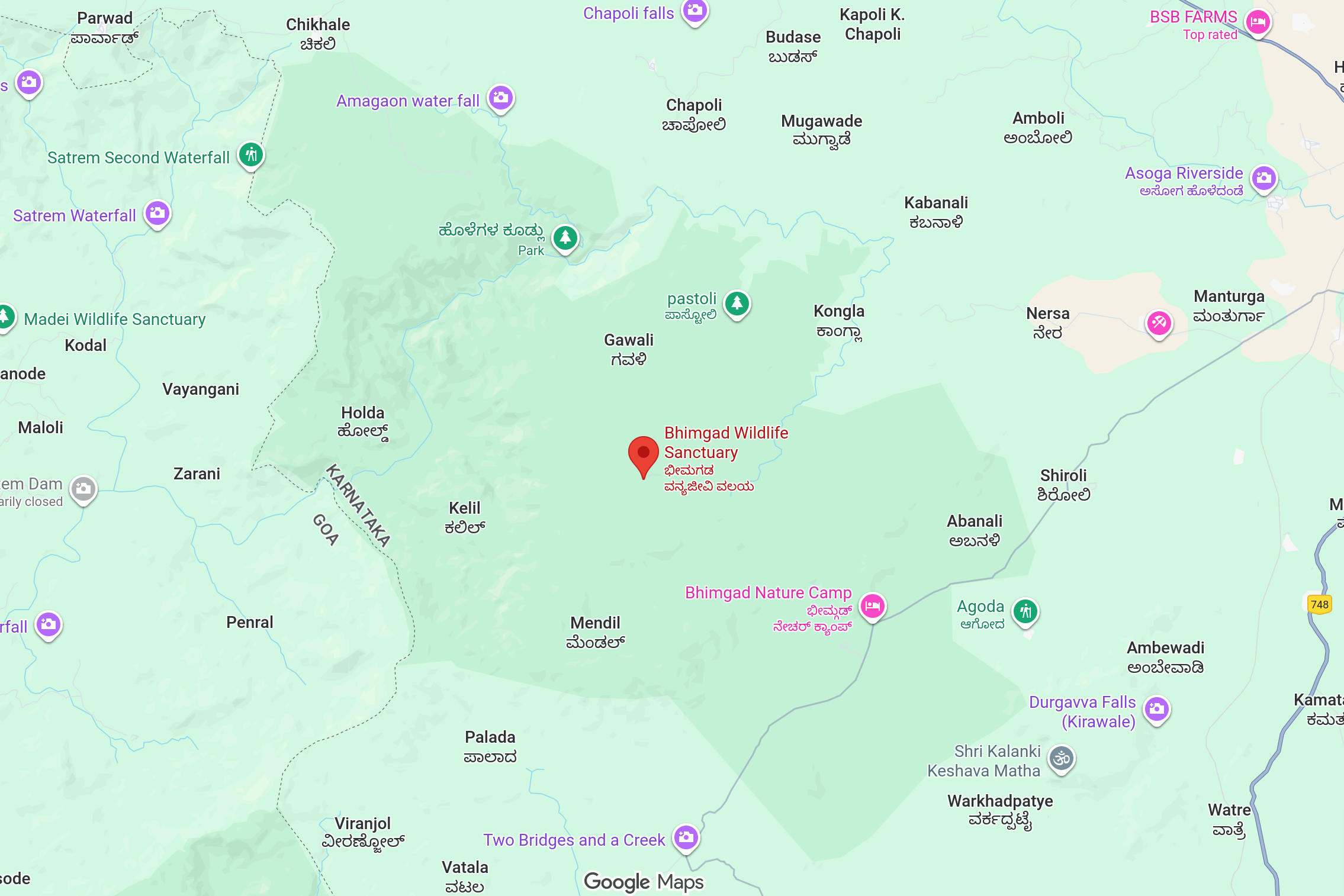
Figure 2: Potential POTA at Bhimgad Wildlife Sanctuary
Equipment I carried
- sBitx v3
- QMX
- Radiohub QRP EFHW2
- ProRange 12.8 V, 24,000 mAh, 3C, 4S4P LiFePO₄ battery pack
- nanoVNA3
- A bunch of connectors and wires
- 12V adaptor for the QMX
- Pliers to adjust the length of the wire for the EFHW
Things I would have liked to carry
- An up-converter (5V to 12V) to use the power bank with the QMX
- An additional microphone and headphones
- Protective gear
- Umbrella or someway of waterproofing the temporary station
Field operation
Once I reached the place, it became even more evident that I was in the middle of nowhere. There was absolutely no network connectivity at the spot where I could potentially hoist the antenna4! Any possible access to WiFi or any form of network was a fair distance away and I could not have time to access it on-demand based on my schedule.
EFHW installation
I found some time when there was sunlight around to see if I can install the antenna. Thankfully, I had carried two nylon ropes (that are used as clotheslines) to be able to help with installing the antenna. However, given ’the series of unfortunate events’, I didn’t think about how I would get a throw‑line over a branch!
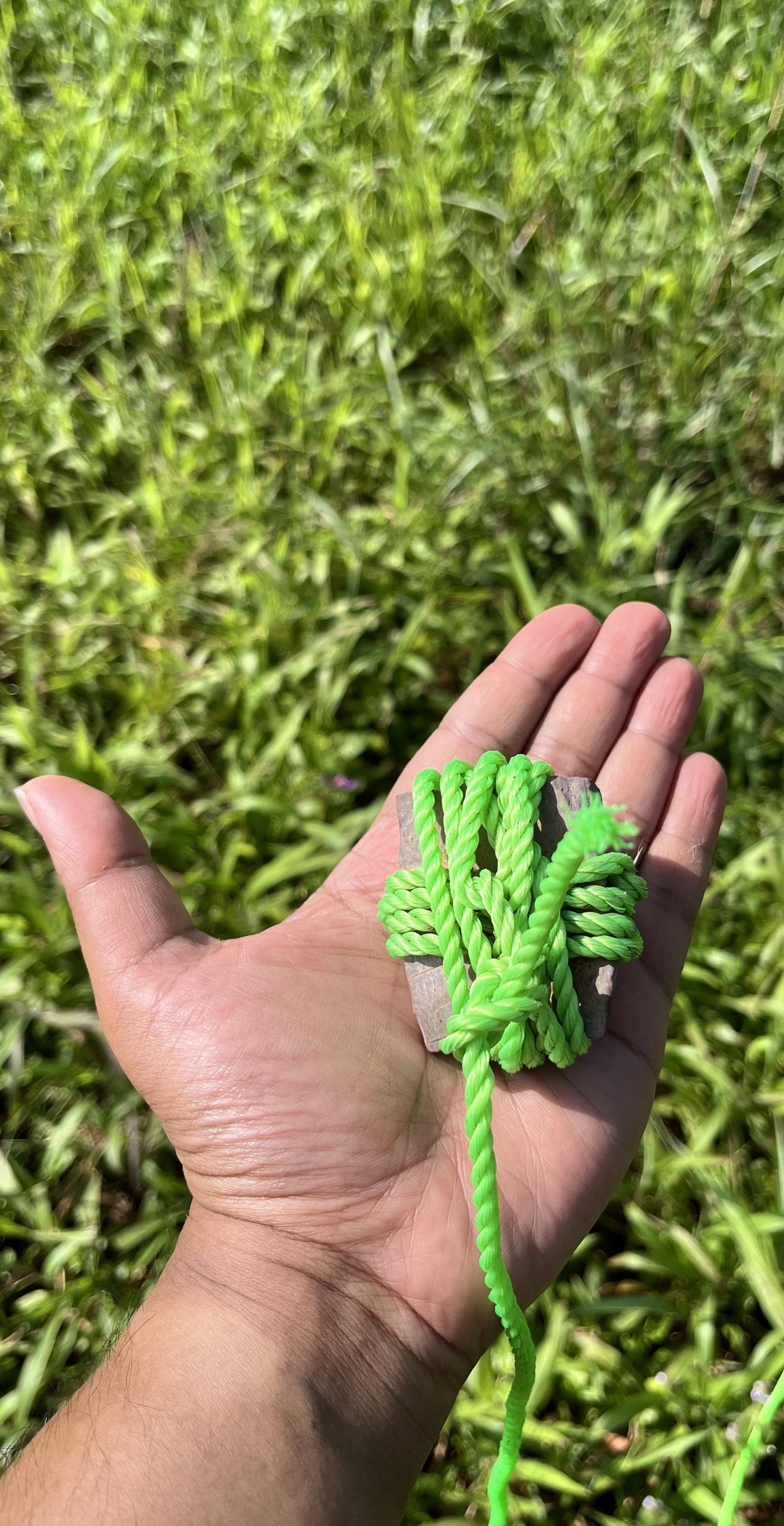
Figure 3: Quick fix with a small stone to hoist the EFHW
I did eventually manage to get the stone up to a height that I was happy with, but the stone was stuck at a “reasonable” height! A bemused local who was looking on while I was clumsily trying to get the rope in position took pity on me and climbed up the tree to pull the wire up to a decent height5 (while the cattle grazed on peacefully at a safe distance). The second challenge was anchoring the feed end at a decent height. Unfortunately, there was only possible candidate, and I had to use a small plant (that might become a tree in a few years!) to anchor the lower end of the EFHW.
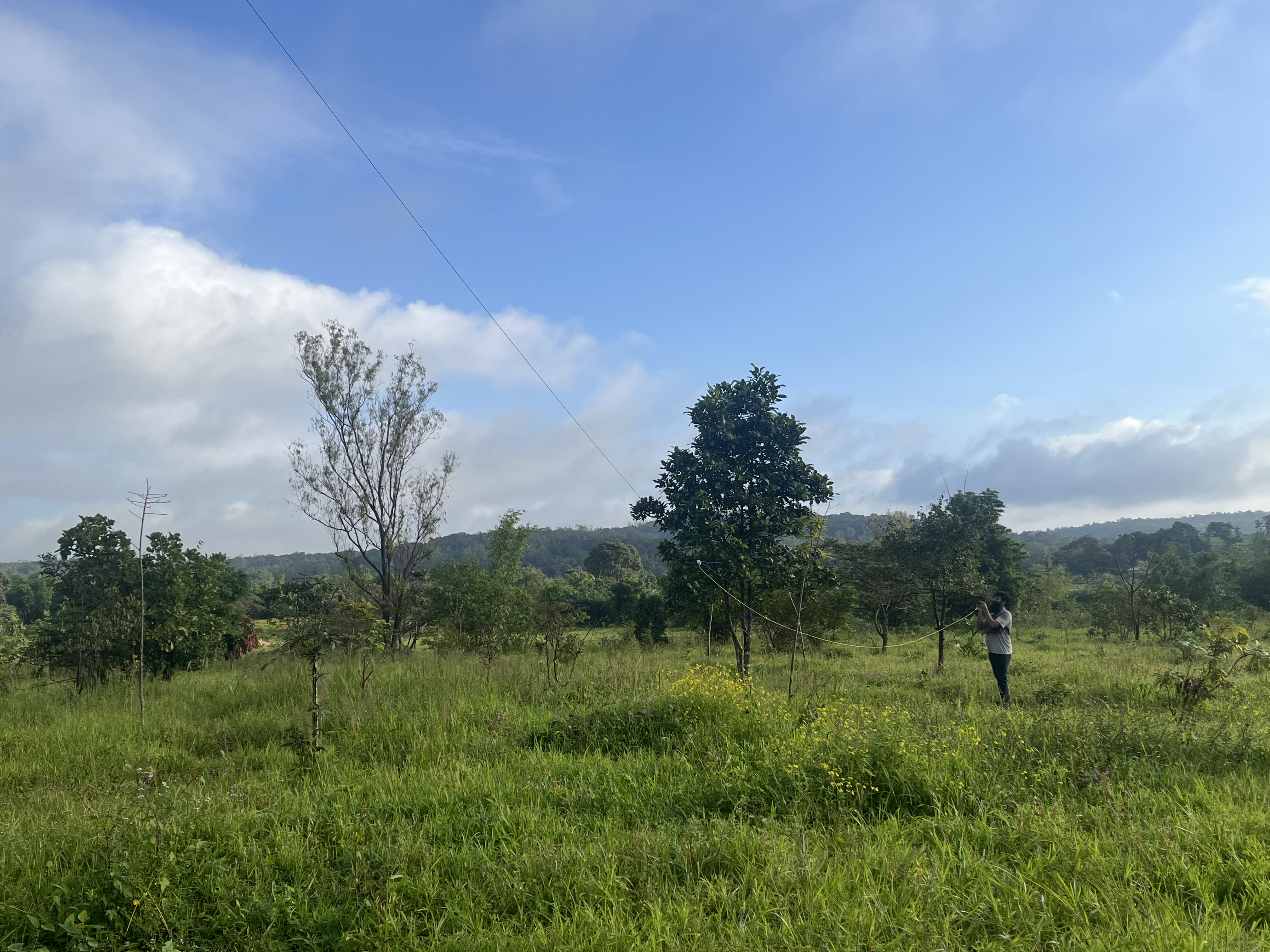
Figure 4: A horrible picture of the EFHW up and about
As you can see from the photo above, there is pretty much nothing around, and given the daily rains, the undergrowth was fairly damp. As a result, I had wet socks, wet shoes and wet jeans. I learnt very quickly the importance of WX-appropriate attire! And to consider moment’s pause before jumping in to put up the antenna in my excitement.
Testing SWR
Once I had the antenna up in the best possible space, I decided it is time to actually check the antenna, as I had not even attempted to test it before the trip. I pulled out my nanoVNA and checked the measurements as is. It seemed a little off; the best SWR (a surprising 1.05) was around 6.9Mhz, so I decided to fold back a bit of the wire at the top. I was apprehensive about cutting the wire on my first-ever field operation, even though I had carried the pliers and the tape. After a couple of tweaks to the positioning— voilà!
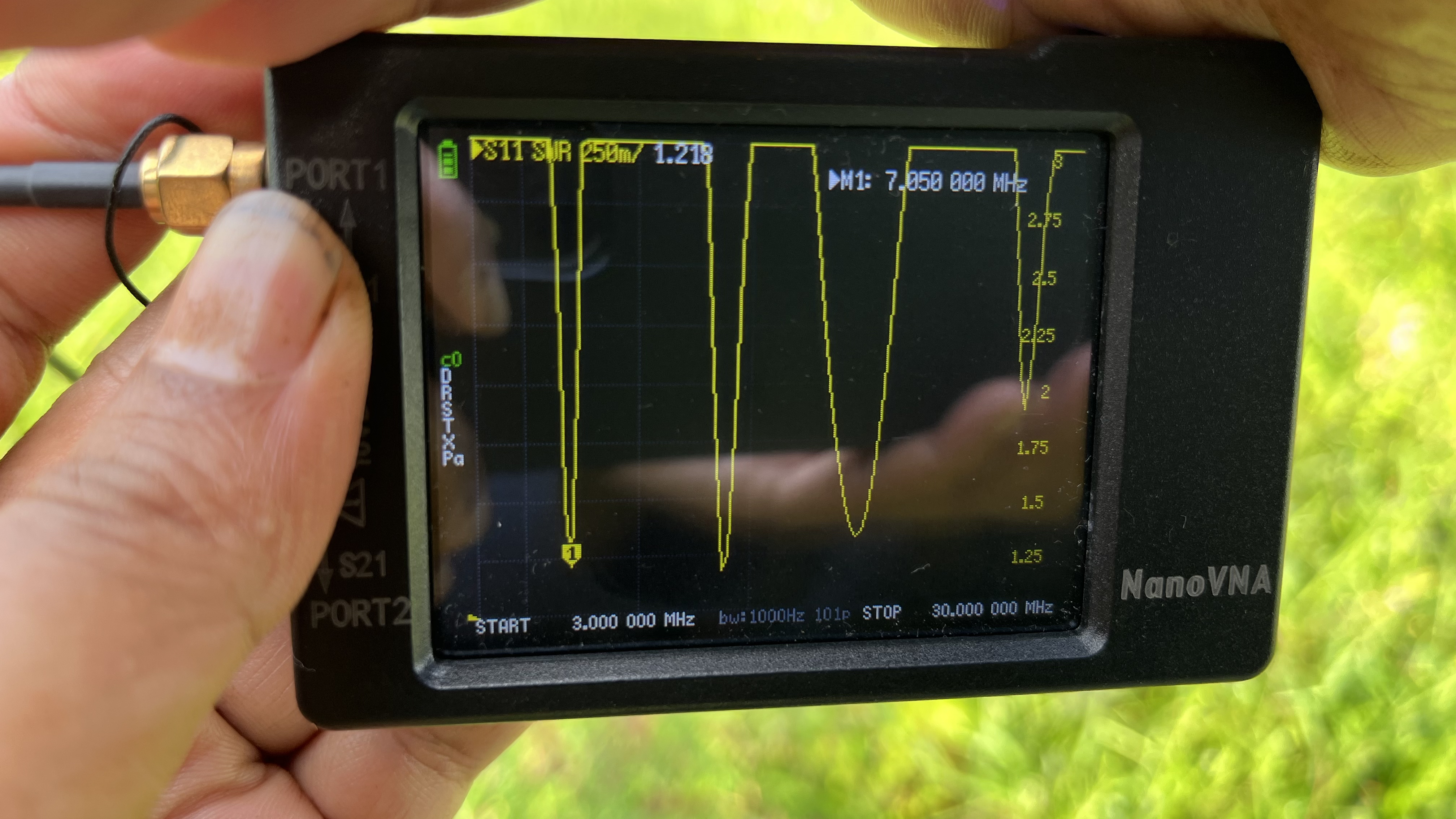
Figure 5: SWR measurements on the nanoVNA
The SWR was 1.218 at 7.050 MHz, which was good enough. If you look at the photo, you’ll see some mud-filled thumbnail, that was how wet the ground was! I did get some good measurements for the 17m band as well. If I had access to the internet, it would have been great to read up on other measurements to fine tune the antenna further.
Once I set it up, I quickly got out the radio and tried to check if I can actually Rx and Tx from this set up. I commandeered a random chair and set up the sBitx on it. The band conditions were poor for that time of day with noticeable QSB/QRM. I could hear a few voices, and was happy about being able to Rx, but I wasn’t sure about the settings. I needed to fiddle around with the settings and fine‑tune LSB settings on the sBitx.
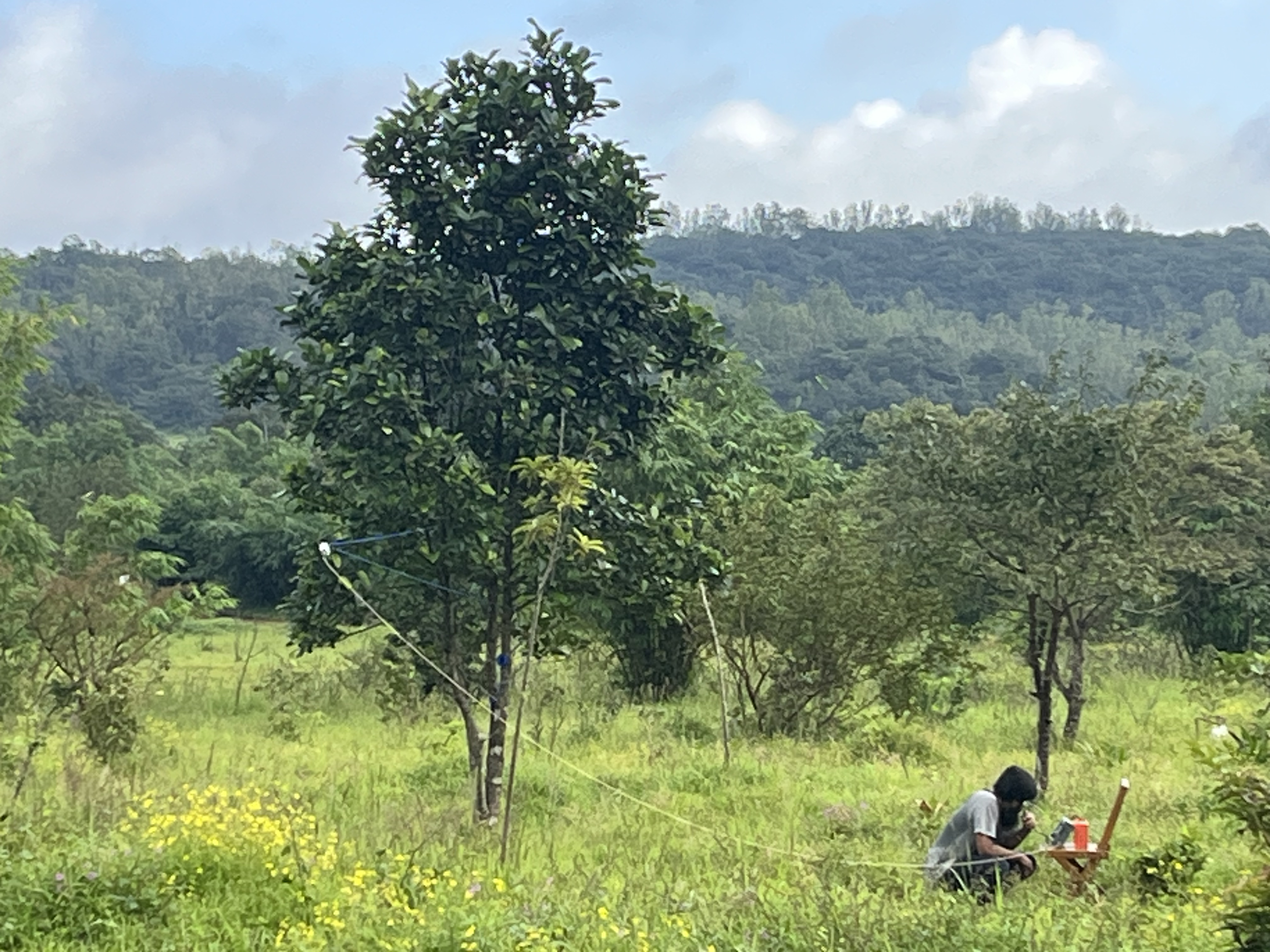
Figure 6: First Rx in the field
First HF contacts
I decided to try again in the evening/night when my schedule permitted. I was hoping that the bands would open up a bit in order for me to try and actually work a few stations. To my surprise, the bands were open and it was possible for me to log some QSOs. I managed to check into the AIR Net India on 7.150 MHz for the first‑ever HF QSO and the net controller was VU3TBU, which was a nice interaction. I was able to hear folks from Bangalore, Kerala,Tamil Nadu, Sri Lanka and all the way from Delhi as well! The next morning, I heard the Belgaum Net, but forgot to carry the mic to be able to check in. Given the schedule, it wasn’t possible to get on the air for the next few days, but I left the antenna up in the hope that I might be able to get on the air soon. Much to my relief, the grazing cattle graciously walked around and under the antenna! Over the course of the week, I was able to get on the air only once more when the bands were decently open, but it was such a joy to hear folks on the air.
I heard a net being conducted in Indonesia, Sri Lanka and one in the Gulf region! I ran in to get my mic again to connect and hopefully check-in. But the joy was short‑lived, as the mic didn’t work at all. My best guess was that the moisture and the slight drizzle (I was sitting in the open air over the course of the night the last time) intereferd with the mic, and I could only Rx across the board6. I heard numerous DX stations ranging from Iceland, Poland, Germany, Lithuania, Austria, Oman, Qatar(?), Bahrain(?), Russia, China, Maldives, South Africa, Brazil, all the way to Australia and New Zealand across the 40 m, 30 m, 20 m, 17 m, 15 m, and 12 m bands. It was fairly disappointing that I couldn’t actually make HF contacts with all these DX stations! The only component that failed me in the trip was the low-quality PTT hand mic from HFSignals and the in-built mic on the sBitx, something for me to remember even if I stick to open-source and self-repairable equipment.
Successful FT8 operations
Given my short-lived HF journey, I decided to give FT8 a shot in order to see if I can make a few contacts with it (as I don’t need a mic for it). The FT8 operation on the modified 64-bit version of the OS is way better than the one that comes out of the box with sBitx from HFSignals. Small joys! I was able to reach all the way to Hawaii and Antarctica on FT-8 with QRP operations with this EFHW! Pardon the screenshots from PSKReporter below as they were taken on a phone from a different location with limited connectivity.
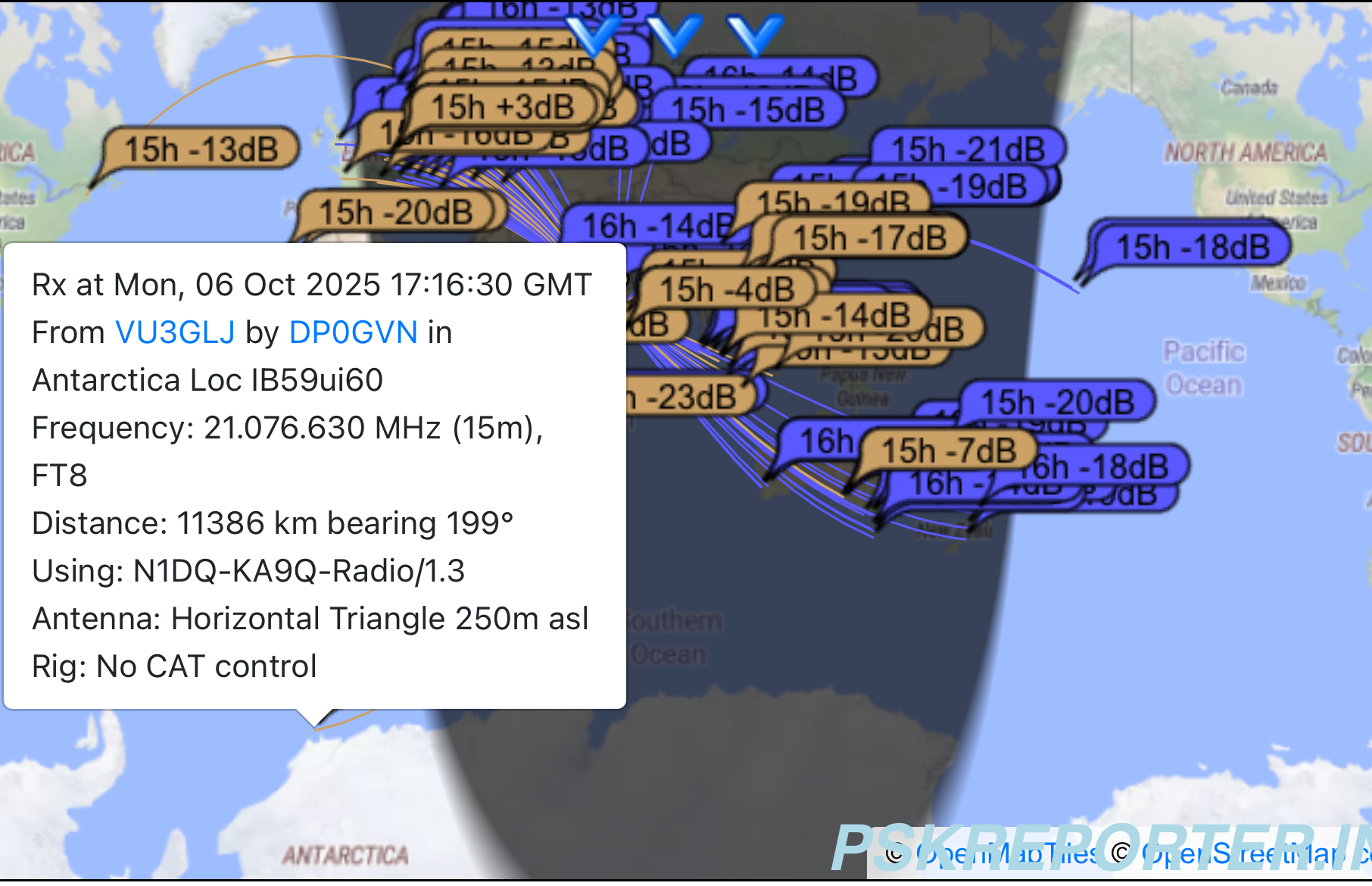
Figure 7: A screenshot from pskreporter.info showing my FT-8 propogation on different bands
Unfortunately, I couldn’t take PSKReporter screenshots for the other days, but I did have a few successful FT8 QSOs which offset some of the annoyance with the low quality mic giving way in the field.
Inability to activate a park
Remember I had mentioned a possibility of activating a park? Well, the distance as the crow flies was only 20kms, but on the road, the distance was roughly 80 km and a 3-hour journey one-way. This was out of the question and there was no way I could also get my first POTA in the same trip. The silver-lining (with a magnifying glass) is that I know how to activate a park and what I need do to for the next time.
Questions about the antenna
Having come back from what I would call a fun-filled field ops, I asked the Bangalore HAMs a bunch of questions:
- Apart from impedance and SWR, are there any other parameters one should measure for an EFHW?
- In what directions/orientation does one generally put it up?
- How much does the angle of wire matter?
- There seems to be a lot of information online about the value/effect of a choke. Has anyone seen any substantial difference when using it with an EFHW?
I had very useful responses from VU3TBU, VU2MUD, VU2MYS, VU2XJ, and VU2IIM.
EFHW or Dipole?
Given my interest in a backpack version, I was curious to know which version of an antenna would work best for me. It is possible to actually deploy the EFHW in different configurations (sloper, inverted‑L, or horizontal), and I would love to test how each version of the deployment would work best.
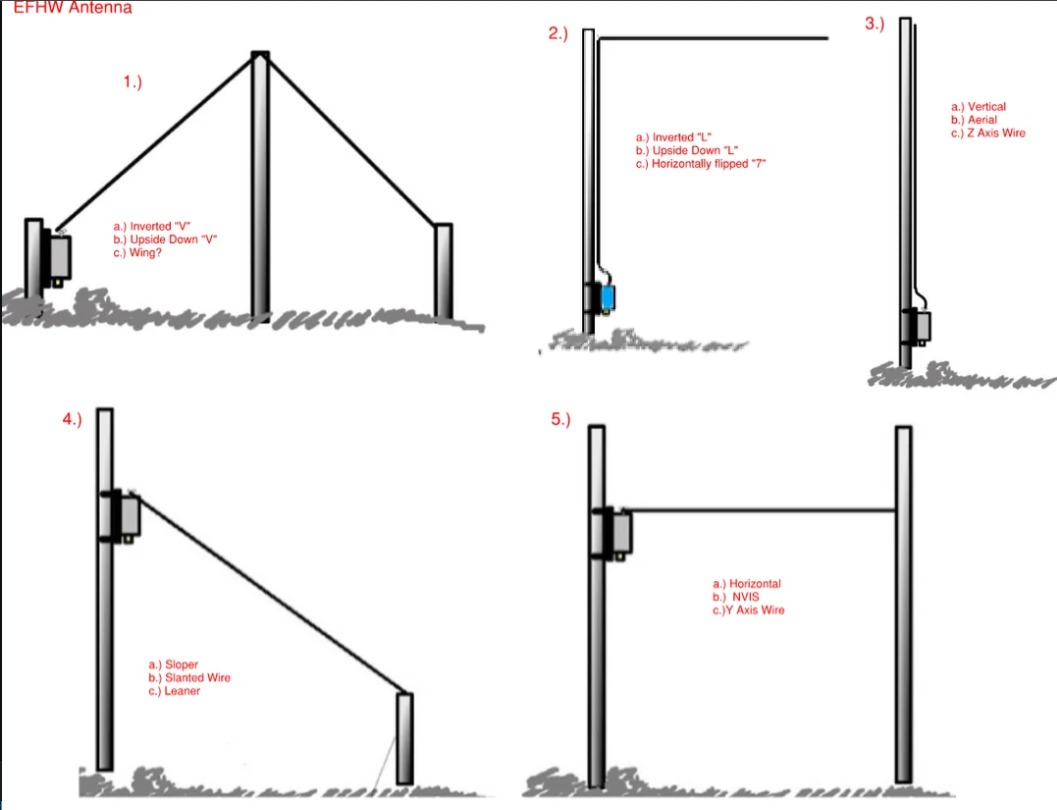
Figure 8: Various deployment styles of an EFHW shared by VU3TBU (Source unknown)
The next field ops, I will ensure I have some time to check which of these deployments actually gives me the best results. I might also homebrew a QRP dipole for me to take with me the next time.
What can I measure and tune?
The following resources present the material better than I probably can:
- The presentation by K1RF on EFHWs is comprehensive
- The usual suspect of ARRL Antenna Book includes a full chapter on how to read and make sense of Smith Charts
- The GIANT Book of Amateur Radio Antennas has some useful information on what to measure in terms of angles of deployment
Designing a backpack
Here are a few considerations for me:
- Antennas cannot be deployed at home (urban India, concrete surroundings, no terrace access, and strict rules against balcony overhangs, etc.).
- I do not own a vehicle (nor do I plan on buying one)
- Prefer to homebrew and run experiments
- Travel a fair bit on mQTH
I’ve been haunting QRPer for a while now and have been looking various QRP options for myself. A good approach was to make this backpack‑friendly version that I can carry on trips (either weekend camping trips or mQTH trips). This did lead me to narrow it down to the QMX7, which I can carry and use with a power bank, since my modes of operation will largely be SSB and digital. While the zBitx is fairly self-contained with respect to the screen and logging, I always have my phone with me. Using that as the interface for digital modes makes complete sense, and now that the QMX has SSB, there isn’t much to worry about. However, the conundrum on the type of antenna continues and based on the various blogs, forums, and other sources, it does feel like an EFHW would be the best option. There have been good reports from VU stations about dipoles and verticals, which are worth a try on the next trip8.
Bonus
If you have read this far, you might enjoy this segue!
Lots of wonderful birds
One of the joys of being in the Western Ghats was the sheer number of birds. Here is a quick list of birds that I spotted: Indian Paradise-Flycatcher, Greenish Warbler, Common Kingfisher, Spotted Dove, Indian Scimitar-Babbler, Jungle Owlet, Gray Junglefowl, Black-headed Cuckooshrike, Malabar Flameback, Common Tailorbird, White-browed Wagtail, Pied Bushchat, Greater Coucal, Zitting Cisticola, Red-whiskered Bulbul, Vernal Hanging-Parrot, Long-tailed Shrike, Red-vented Bulbul, White-throated Kingfisher, Jungle Babbler, Shikra, Puff-throated Babbler, Malabar Whistling-Thrush, Heart-spotted Woodpecker, Indian Gray Hornbill, Malabar Gray Hornbill and the Malabar Pied-Hornbill.
If the clouds had cleared up a bit, it would have been even better!
Minor field trip for JOTA-JOTI 2025
Incidentally, JOTA-JOTI was scheduled for the next weekend on the 18th and 19th of October, 2025. Having had a lot of fun in the previous edition of JOTA-JOTI, I had agreed to join the field team that was headed to Anne Besant Park in Doddabalapur. YL VU3EFZ had kindly offered to pick me up on the way to the site to be joined by VU3LVM, VU2MYS and VU3CQM. Unfortunately, we couldn’t do much on HF due to bad Wx, bands not being favourable, and the rigid schedule for the Scouts & Guides. JOTA-JOTI was clubbed along with an NDMA training programme that came with a fixed structure on the first day. The Scouts & Guides were very excited even with the prospect of VHF/UHF operations and the possibilities of satellite-based (QO-100) operations. On the second day, the rest of them seemed to have had a better outing with an excitable bunch of Scouts & Guides.
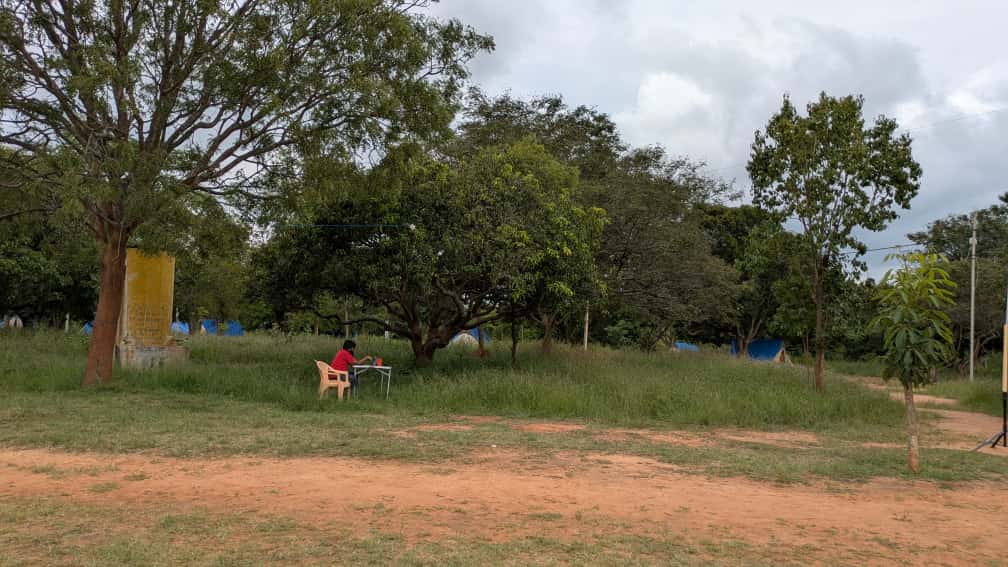
Figure 9: sBitx and QRP EFHW deployed in the field (Image courtesy: VU3CQM)
Things to do before my next field operation
- Carry SPARES! Always carry additional connectors, mics, wires, etc. to ensure that I can get back on the air in the field
- Make sure I note down the HF frequencies that are of interest in the different bands
- Test all equipment before I leave for the field
- Check WX at field site and prepare accordingly (footwear, clothes, etc.)
- Ensure that field conditions (network connectivity, etc.) are known ahead and prepare backup accordingly
- Carry a couple of options for antennas (I only had one EFHW this time) so that it is possible to test what works best on-site
- Ensure QMX is operational with a power bank, ensure the condenser mic works for it and check for iOS compatible FT8 operation
- Learn what other parameters should be measured for an EFHW
- Decide on a simple way to hoist the EFHW (the VU favoured half-filled plastic water bottle or the use of a sophisticated method)
- Set up WSPR on sBitx and check how to use Reverse Beacon Network
- Learn about all the settings on the sBitx
- Set up WSJT-X on the sBitX or something similar to try JS8Call
You can read more about the antenna in the equipment page. ↩︎
Do check out RadioHub at https://radiohub.in/ if you are in VU land, it is an initiative by Abhrajit Das (VU3YDA) and he is very helpful and easy to work with. ↩︎
I originally bought this from RadioBrewary at LARC 2024. ↩︎
I should remember to take more photos! I always forget about using the camera and documenting (even with my mQTH and other hobbies). ↩︎
I guess tree-climbing can be added to list of “additional skills” for a HAM’s resume. ↩︎
I only later realised that the sBitx also has an onboard mic and I could have carried a regular mic! ↩︎
There were two candidates in the running: the QMX and the zBitx. However, after the failure of the mic in the field (albeit in one field operation) and the superior build quality of the QMX, I am happy to have bought the QMX, instead of the zBitx. ↩︎
Homebrewing the coils for a vertical might be fun- either a set of coils that I can swap in and out easily or a tapped coil that will help me switch between bands. ↩︎